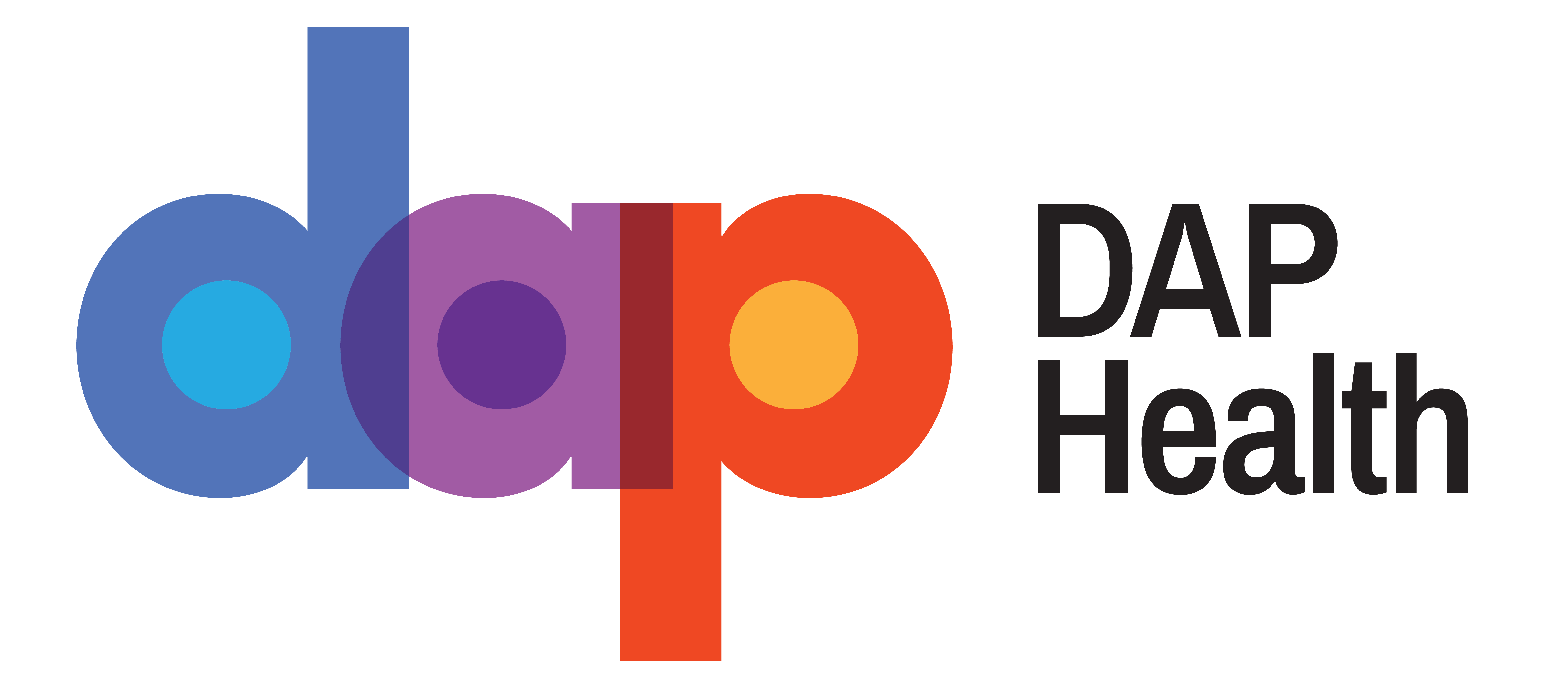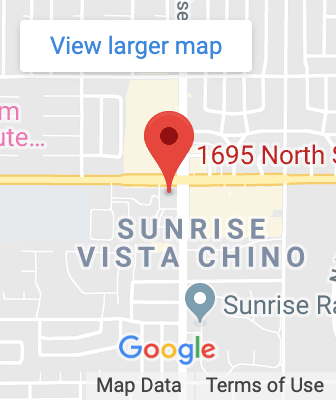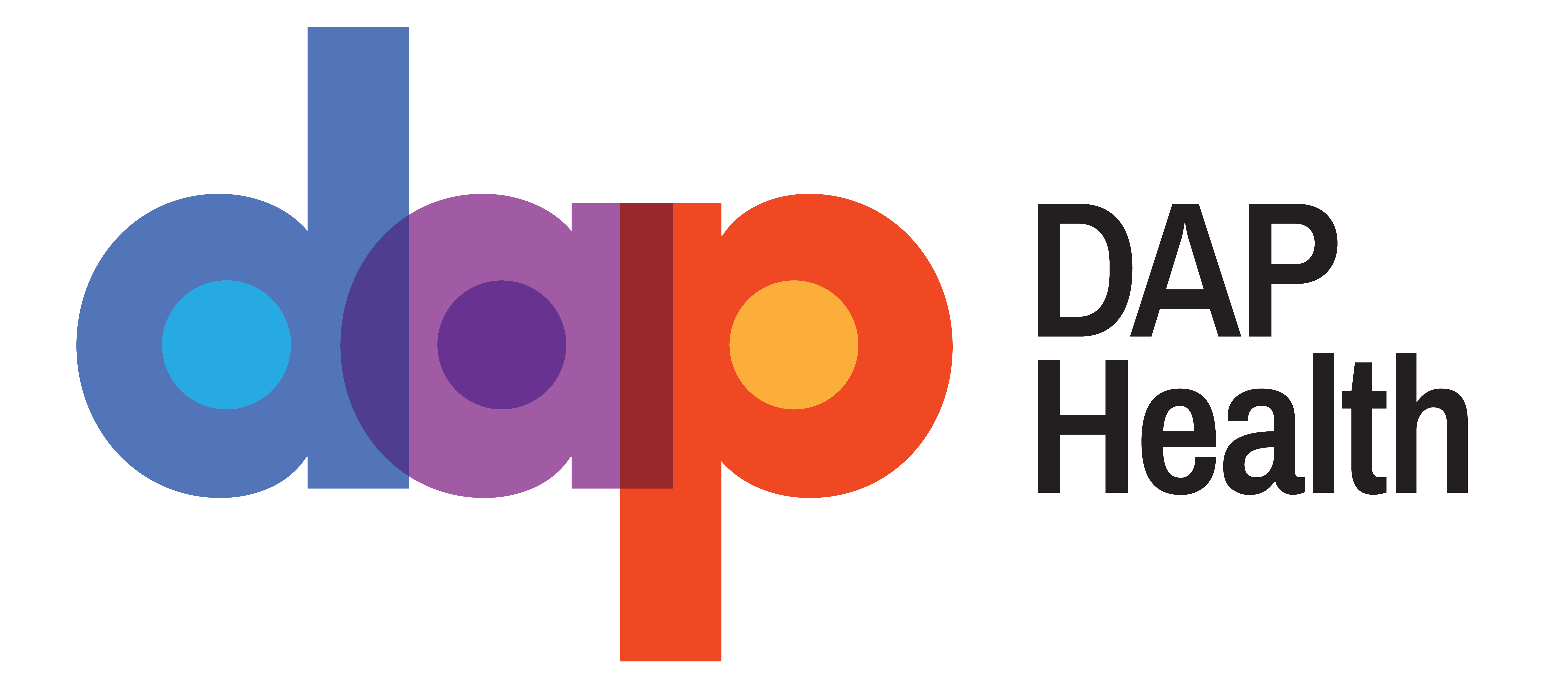That’s how clients of Desert AIDS Project describe the prevalence of crystal methamphetamine –commonly referred to as meth, crystal, Tina, ice, or glass, among other street names – in the Coachella Valley. Just as crystal meth has become a social problem on a global scale, our clients insist it plagues many of the people D.A.P. seek to provide medical care and social services.
Ray Robertson, Client Wellness Services Center Manager, knows this all too well. He was already a certified recovery counselor with about 20 years of experience leading a local, residential treatment facility before coming to D.A.P. more than five years ago. Having earned 29 years of sobriety himself, Ray sensed that addiction is an issue among many of our patients and clients living with HIV, who need a way back to a safer, saner life.
So he established the “Crystal Meth Action Team,” which held its first meeting this summer. Ray knew that D.A.P. had previously organized the “Crystal Meth Task Force” some years ago, to take on its use valley-wide. However, the task force dissolved in part because its mission was too broad and because it actually scared off some of the people it wanted to attract. When people encountered the Crystal Meth Task Force at the popular Thursday evening street fair in downtown Palm Springs, they thought they were being targeted by the police.
“We’re not going to ferret out users and bring them to judgment day,” Ray told team members at an initial brainstorming session. “What we’re going to be doing is opening doors to recovery.”
The Action Team’s primary goal is to develop strategies for creating a compassionate, nonjudgmental space where clients will feel welcomed and safe in sharing. No matter whether they use crystal meth themselves or have someone in their life who does, the Action Team members want to see that clients receive the help they ask for … whether that is simply more information, a chance to talk with someone who understands, or to actively engage in care. At the first gathering, members shared their experiences with meth and other substance use. Some are in recovery while others haven’t “used” but have watched friends and loved ones wrestle with substance abuse challenges.
Team members also discussed why they joined and what they believe should be done for those in the grips of this powerful habit. Many spoke from experience:
“I got HIV from sharing a needle I used to shoot crystal.”
“When you’re ‘slamming’ meth, it takes over and you forget everything else.”
“When you use meth, there are three possible endings: dead, in jail, or in recovery.”
Be they former drug abusers or “normies,” who’ve never used, team members agreed that users must be offered an avenue to recovery that’s safe, humane, and free from judgment or stigma. During the first meeting of the Crystal Meth Action Team, Ray diagrammed this concept for how recovery might begin to happen:
“Let’s open a corridor to doors – and behind each door is yet another recovery option.
Let’s make it comfortable for anyone to open those doors without fear of repercussions.”
The diagram resembled a pathway leading north with several roads intersecting it along the way. Ray labeled each of those connectors as team members suggested services: a helpline; education, outreach, and mentoring; referrals to 12-step programs such as Narcotics Anonymous; safe social connections; strategies to break the connection between sex and meth; housing options during recovery; and literature describing meth’s effect on the body, particularly when HIV-positive. Several team members were enthusiastic about the books “Chasing the Scream” and “Overcoming Crystal Meth Addiction,” the latter showing what the drug does to brain chemistry and physiology.
Team members are, understandably, concerned because of the unfortunately all-too-common link between meth and HIV. The New England Journal of Medicine calls meth an extremely strong stimulant that provides an escape from stress, depression, alienation, and loneliness. It increases sexual arousal while reducing inhibition and judgment. The drug often crosses paths with people who are under tremendous emotional duress because of their illness. Throw in homophobia and stigma attached to HIV, and you have a perfect storm touching down in the Coachella Valley.
Medical trials suggest that people living with HIV who are also using meth often have lapses in their antiretroviral treatment, which might make their infection drug resistant. It can also rearrange the brain chemistry causing psychosis and depression so that users cannot feel good without pharmaceutical help. “People struggling with addiction are in emotional pain and the remedy they turn to is as harmful as it is habit-forming,” Ray says. “As holistic healthcare providers, we want to address all parts of what is causing pain for our clients and patients, helping them back to full and healthy lives.”









